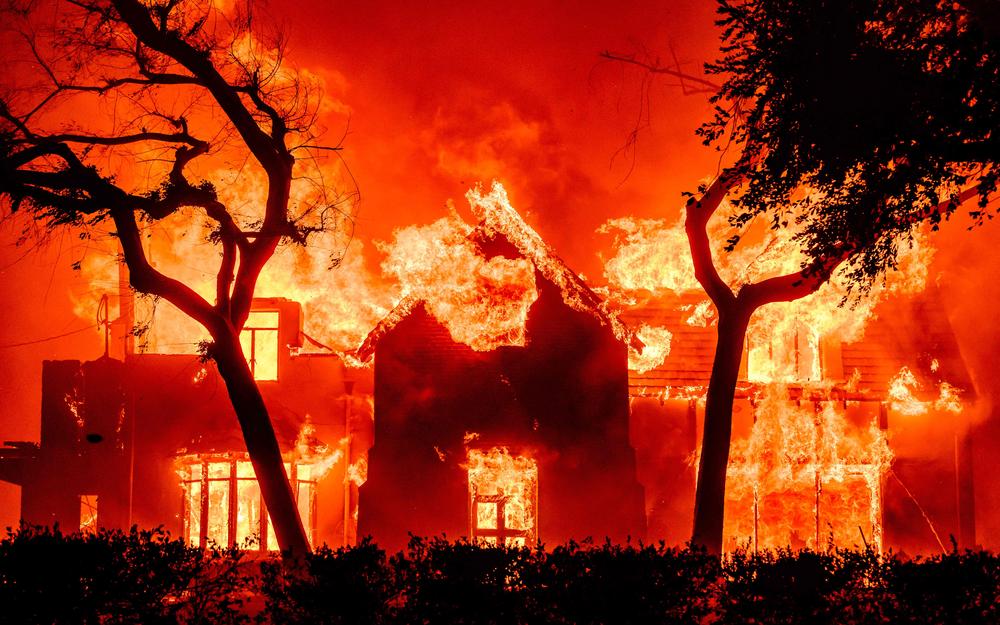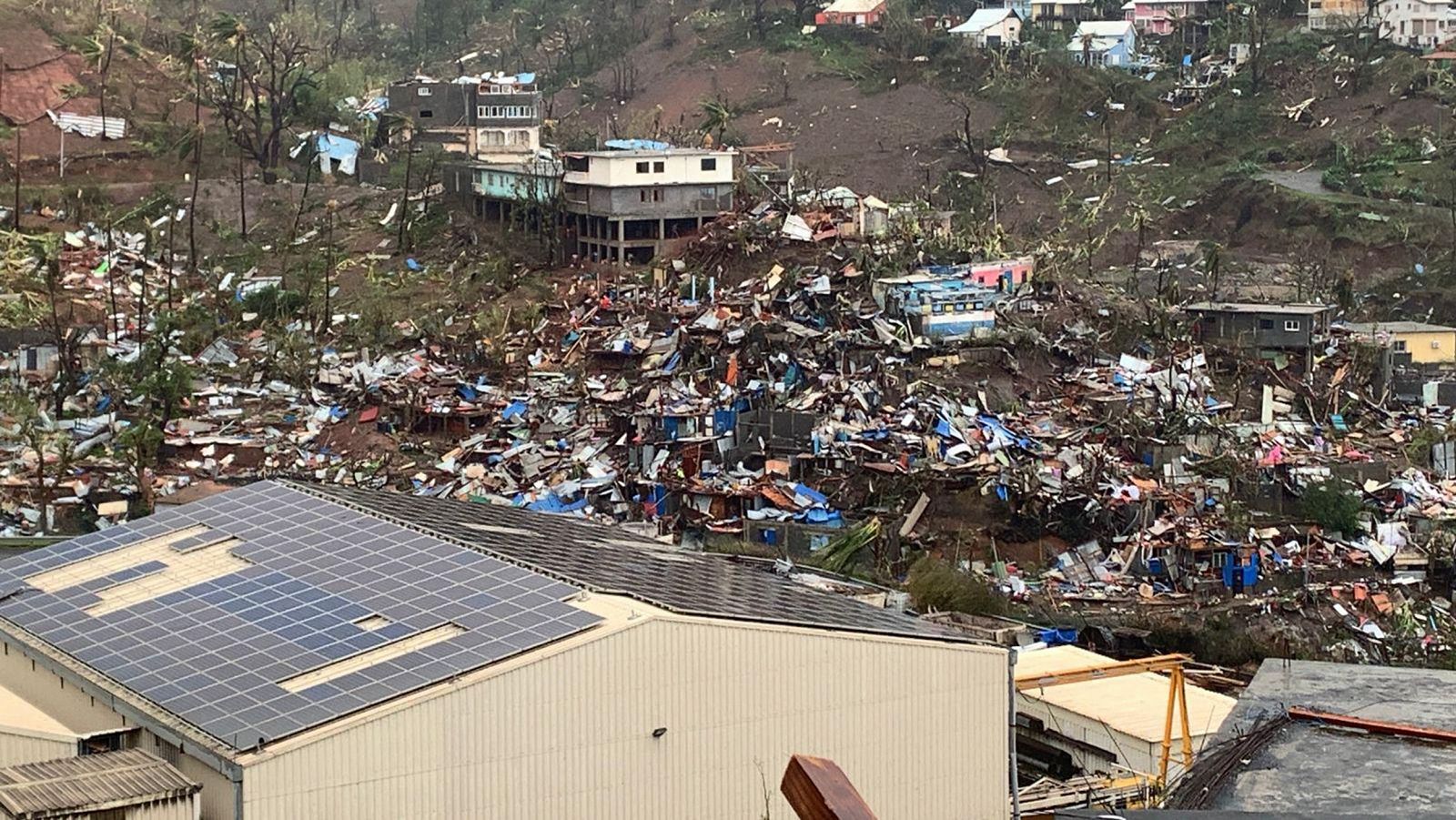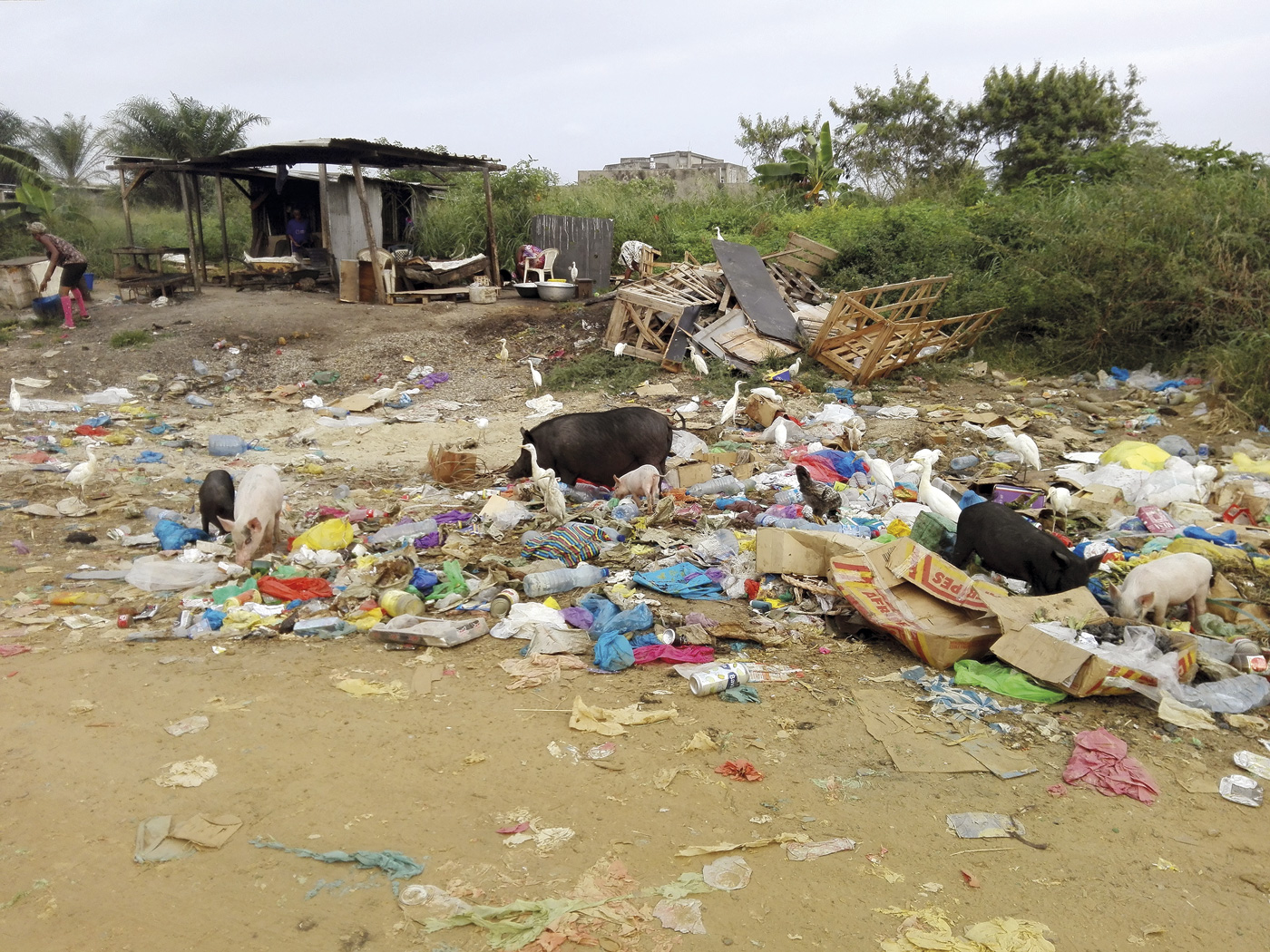Baku will receive ten times more money than hitherto to to deal with climate change
- COP29 started this Monday in Baku (Iparralde), the capital of Azerbaijan, Navarra. In addition to the 197 countries that are part of this forum, thousands of people from the civilian network around the world will attend the meeting to follow the action of Governments. The star issue of this year will be funding.
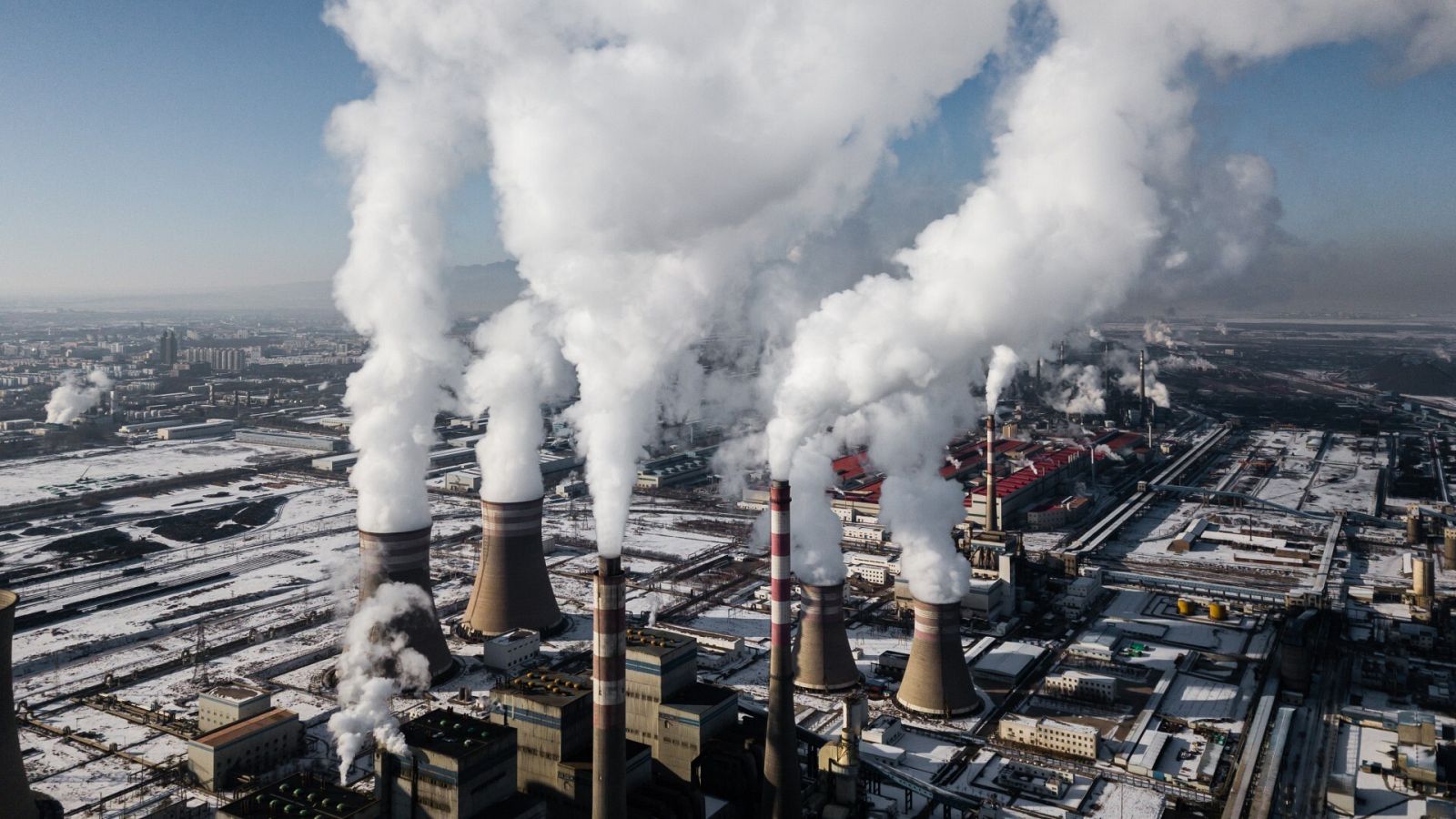
This is the United Nations Conference on Climate Change (COP), which has been meeting annually since 1995. This year they will focus primarily on finance, that is, the amount needed to deal with climate change: how much money is going to be put, who is going to put it and who is going to receive it.
The financing model in force to date was established in Cancun in 2010. It was then specified that every year $100 billion would be set by 2025. However, only from 2023 has this amount been added. At the 2015 Paris Conference, it was stated that this money was to be provided mainly by the most developed countries, and that it was to be raised, above all, by developing countries, to adapt to the effects of climate change and to help leave their fossil economies behind.
Now we're going to talk about the money that's going to be put every year from 2025 to 2030, and it's a great dance of numbers. Estimates by Janet Yellen, Treasury Secretary of EE.UU, could amount to three trillion dollars, a figure that, according to many climate change organizations, could reach 8 trillion dollars.
It is clear that the number should, in any case, be much higher than that which has been given so far and that they are also more concrete proposals. Africa is, however much it may be, the country in the world where CO2 emissions are least produced, but one of the most serious consequences is for it. According to the countries in the area, $6.5 trillion should be set up by 2030. For the Arab countries, on the other hand, it takes $5.5 trillion, which is in addition to $1.1 trillion a year. To see the size of the challenge, it is enough to say that in 2023, $100 billion was raised.
Who puts the money?
The head of energy and climate of Ecologists in Action, Javier Andaluz, has told El Salto that the challenge of recovery will be enormous, especially because “the rich countries do not have the will to put the money that is needed. The debate until the last moment will be that of quantity.” In his view, the least we can get out of this summit is to put a trillion each year, but that is ten times more than what has been done so far.
Up to now, the largest amount of this fund is provided by developed countries, such as the United States, the European Union, Japan and Australia, among others. However, the countries of the rich north also want China and India to contribute money, as they are also the ones that have the most CO2 emissions.
But while the collection for this fund will be extremely complicated, the countries of the South already want to create a compensation fund for disasters arising from climate change. There has been talk of this at the last summits, but there has been no agreement.
In general, the countries of the South want greater public involvement of the rich North when it comes to putting money; and the countries of the North want greater involvement of private entities at international level, such as the World Bank, than in direct aid, rather than through loans.
Difficulties
The United States and the European Union are some of the actors who need the most money to stage, but neither Joe Biden nor Ursula Von der Leyen will be at the height of the film. Neither was the Chinese Head of State, Xi Jinping, or Narendra Modi (India), Emmanuel Macron (France), Olaf Schozlz (Germany) or Justin Trudeau (Canada). It is also a sign of the world ' s attitude to the most serious problem that exists today.
Among the difficulties is also Donald Trump’s victory in last week’s U.S. presidential elections. Trump denies climate change and during his first term he pulled the United States out of the COP summits.
Exceeding the limit of 1,5º
But perhaps the greatest difficulty lies in reducing greenhouse gas emissions. The 2050 targets were set at the 2015 COP summit in Paris, not reaching 2 degrees above the temperature of 1850-1900 and falling to 1.5 degrees if possible. Well, in the absence of a quarter century to reach 2050, it will be impossible to meet this last goal. This is the news of last week of the EU's Copernicus Climate Observatory: with this year's data, we will surely end the year at 1.5°C.
The UN announced in 2019 that to meet this 1.5% target, greenhouse gas emissions would be reduced by 7.6% each year. The year of the pandemic was the year in which emissions decreased only in 2020, while in the rest of the times they have increased every year.
There was no one or all. That we all suffer at least if the necessary changes are not made so that no one suffers the climate emergency. You – reader – I – Jenofá-, they – poor – and they – rich. The fires in Los Angeles did not give me satisfaction, but a sense of... [+]
The understanding and interpretation of the mathematical language is what is important in the learning process, at least it is what we say to our students. The language of mathematics is universal, and in general, the margin of error for interpretation tends to be small. We... [+]










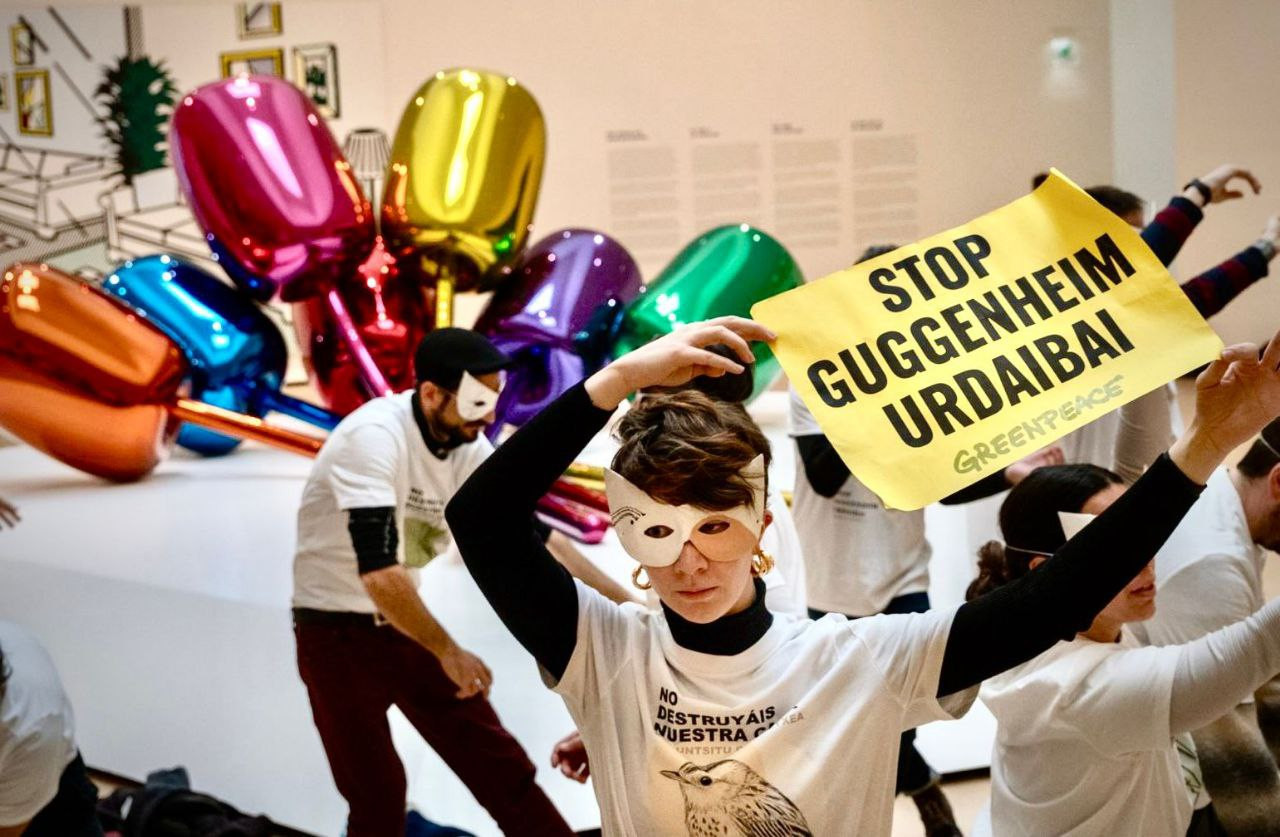

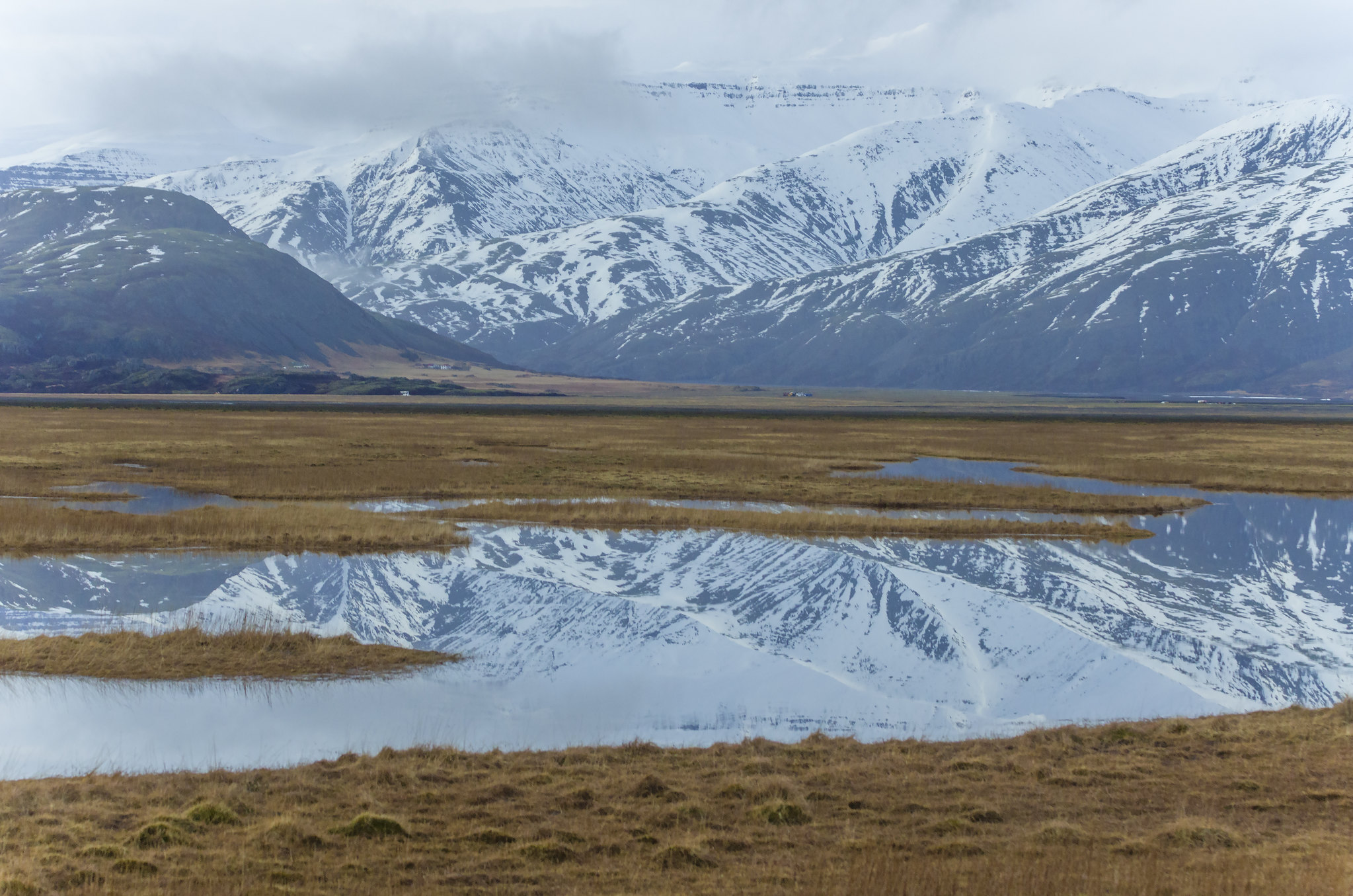
-(1).jpg)
